14 Best Vegetables to Grow in Arizona (With Pictures)
-
Pete Ortiz
- Last updated:
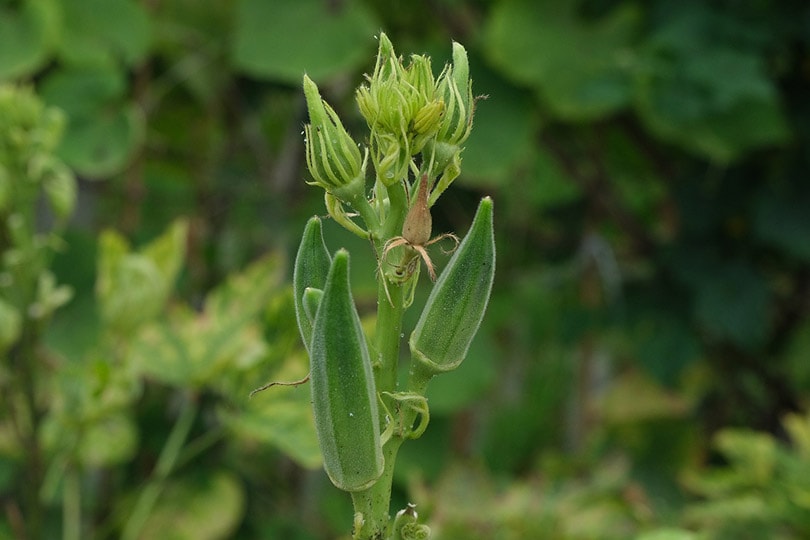
The beautiful weather many enjoy in sunny Arizona is desirable for several reasons, but keeping a vegetable garden can be a unique challenge. Few vegetables are hardy enough to thrive, or even survive, in the hot climate, especially in low desert areas where temperatures regularly exceed 100°F.
It may seem like a lost cause, but you can still give your green thumb a workout in the Arizona heat. Get your organic garden started with this list of the 14 best vegetables to grow in the Grand Canyon State.
 The 14 Best Vegetables to Grow in Arizona
The 14 Best Vegetables to Grow in Arizona
1. Okra
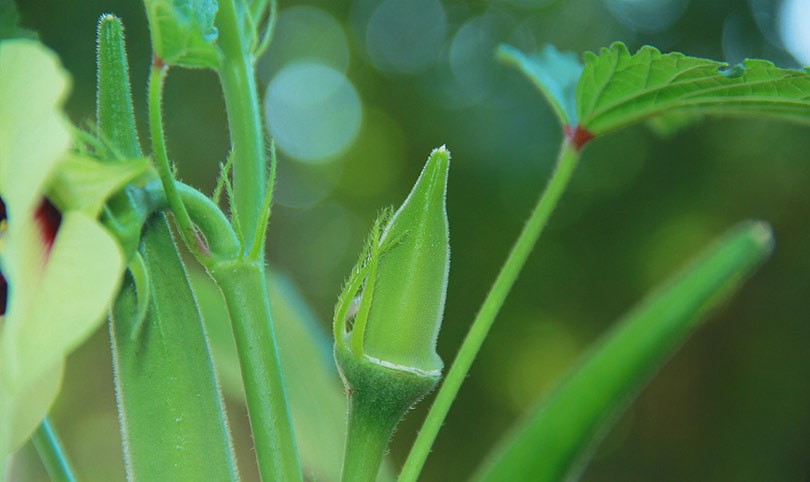
| Planting Season: | Spring |
| Sunlight: | Full sun |
Okra plants were built to tolerate Arizona weather. They enjoy full sun, and even though you need to water them every few days, they can handle time in dry soil. Start planting in March, and you can enjoy these delicious and nutrient-rich snacks throughout the summer.
2. Asparagus Beans

| Planting Season: | Spring |
| Sunlight: | Full sun |
Asparagus beans are another flowering vegetable that does well in Arizona growing conditions. They grow best on a trellis in full/partial sun and dry, sandy soil, so keeping them healthy isn’t a tall task for anyone. You can plant beans in March and start harvesting when they reach 18 inches in length.
3. Snap Peas
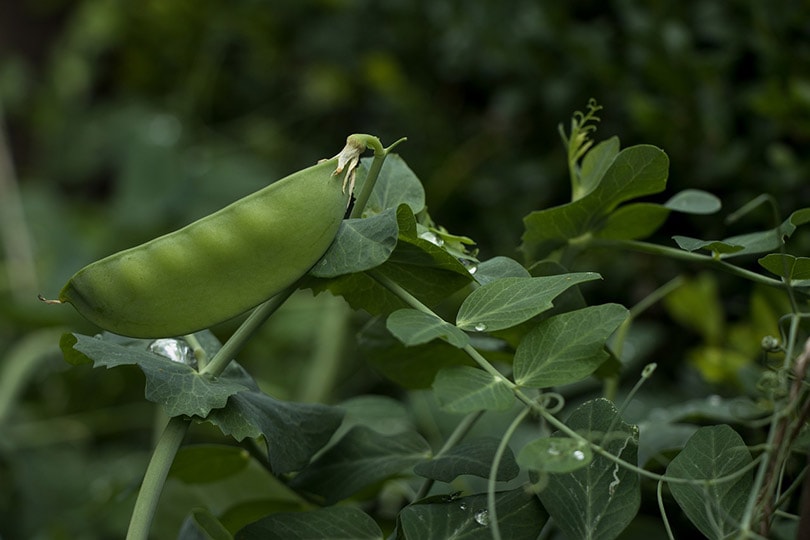
| Planting Season: | Fall |
| Sunlight: | Partial |
A delightfully crunchy snack, snap peas make a fantastic cool-weather addition to the lineup for the year-round gardener. While they prefer full sun in cool areas, they need shifting shade in warm Arizona regions during the afternoon. Plant them in November, and you can begin adding them to salads and stir fry by February.
4. Peppers
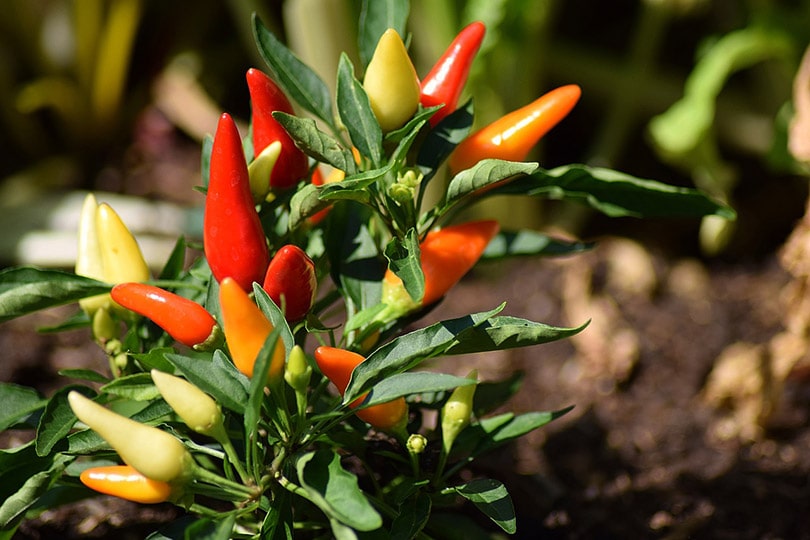
| Planting Season: | Fall |
| Sunlight: | Full |
From bell peppers to jalapenos and habaneros, you can create a dazzling spectrum of colors with all of the different pepper varieties that flourish in Arizona. Most peppers grow best in the cool season, with early December making an ideal time to plant. It will be plenty warm to satisfy them, and you won’t have to worry about scorching them if they’re left out in the sun all day.
5. Armenian Cucumbers
| Planting Season: | Fall |
| Sunlight: | Full |
Armenian cucumbers are a versatile food, making a hearty snack, nutritious shake, or tasty addition to cooked dishes. Though technically not a cucumber, you’d never know it by the look and flavor of these hot-weather vine plants. You should plant outdoor seeds starting in November and provide plenty of water. In about 10 weeks, you’ll have foot-long vegetables ready for all kinds of meals.
6. Tomatoes
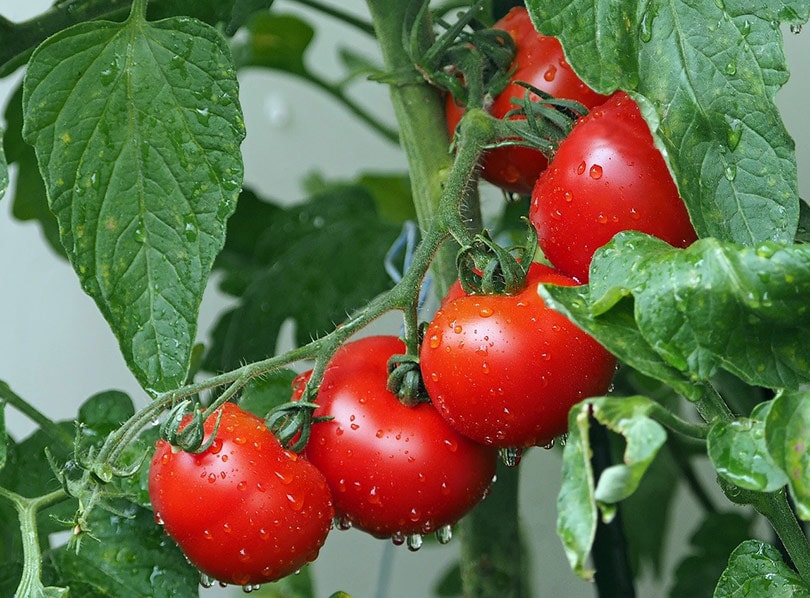
| Planting Season: | Spring |
| Sunlight: | Full |
Tomatoes are a popular fruit in sunny regions across the globe. They may need some shade cover once they begin bearing fruit, but you can feel good leaving them in the sun through most of the day. Just make sure to give them plenty of water and well-fertilized soil to keep them growing.
Transplants give you the most straightforward maintenance, but tomatoes will grow fast from seed as well. If you plant them outdoors in mid-late February, protecting them from the occasional frost, you’ll start seeing fruit ready to harvest in only 7–10 weeks.
7. Green Beans
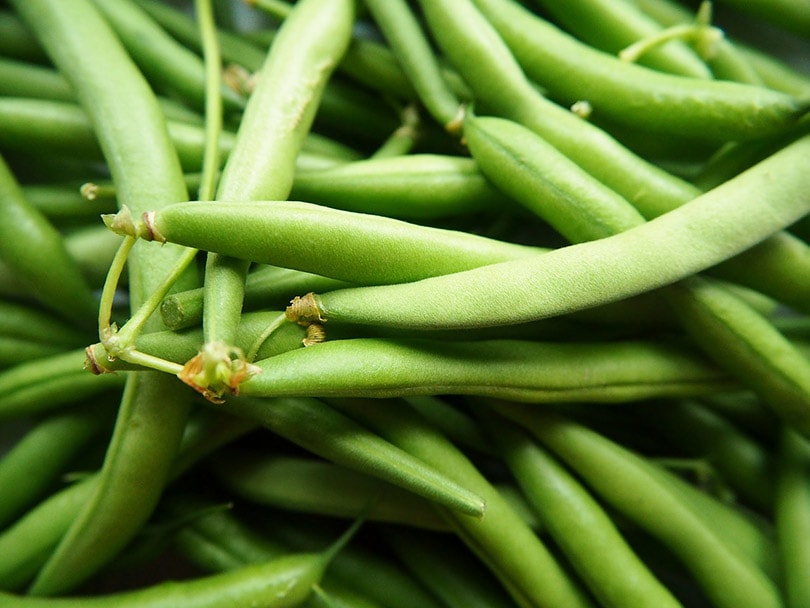
| Planting Season: | Fall |
| Sunlight: | Full |
One of the benefits of Arizona is the late growing season, and you’ll appreciate that to the fullest when you see how long green beans can thrive. Give them a solid trellis support to grow in the sun, and you can make them a year-round garden feature.
Green beans don’t do well with cold weather, though, requiring a cover for occasional chills. But if you plant them in November, they should be ready before the first January frost. For spring planting, start them just after the final frost, which is usually around early March.
8. Eggplant
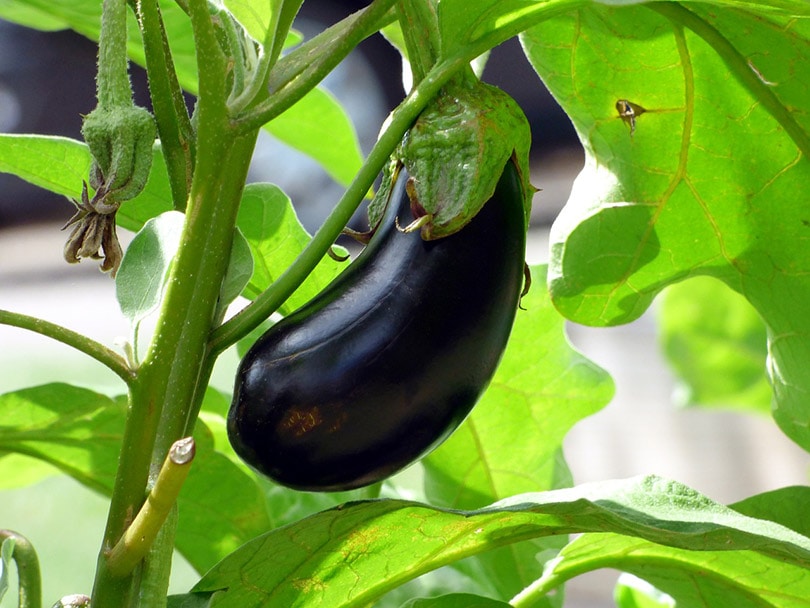
| Planting Season: | Spring |
| Sunlight: | Full |
Delicious, robust, and colorful, eggplant is a vibrant addition to the garden and an antioxidant-rich centerpiece to many vegetarian dishes. Although it’s a warm-season vegetable, you’ll have the best success with eggplant by planting it indoors as early as December and transplanting it in March. You can also harvest later in the season by transplanting in late July to have mature veggies ready by November.
9. Pumpkin

| Planting Season: | Spring |
| Sunlight: | Full |
Pumpkins are greedy vegetables, but fortunately, they crave the sunlight that Arizona is more than happy to provide. You’ll still need to do your part to accommodate them, providing decent room so they can sprawl out and compost-rich soil to promote growth. And while they’re hungry for fertile ground and lots of sunlight, they’re just as thirsty, requiring generous amounts of water to prevent wilting and get the largest specimens.
Pumpkins don’t take to the cold well, so plan your outdoor planting a while after the last frost. In Arizona, you should start your seeds indoors in February or outdoors in March, giving them about 3–4 months to mature.
10. Sweet Potatoes

| Planting Season: | Spring |
| Sunlight: | Full |
Sweet potatoes are a hardy vegetable when given moist, nutrient-rich soil. While cool weather varieties exist, this crop mainly prefers warmer weather, and it can withstand the occasional heatwave or drought. Pests and disease rarely cause an issue either, so there’s little chance for your crop to fail if you start it at the right time.
Once the ground stays consistently above 65°F, you can plant sweet potato slips outside. These are sprouted shoots pulled from the roots. For the best results, nurture slips in jars of water so they can grow roots while the weather is cold. After the final frost, you can plant the prepped stem in your garden.
11. Malabar Spinach
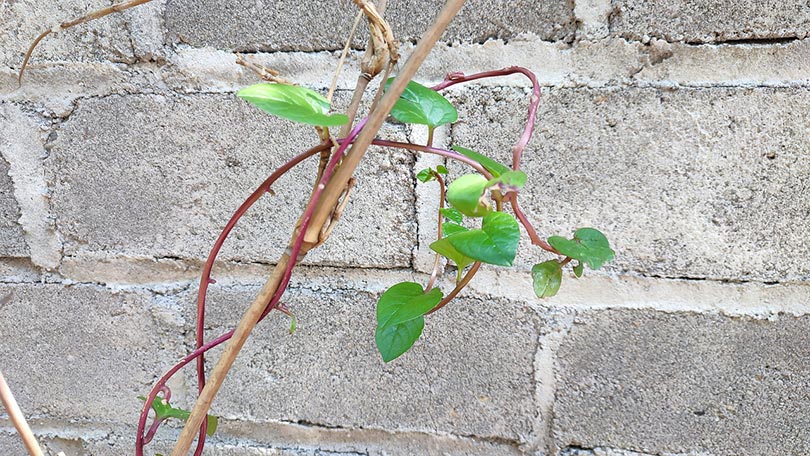
| Planting Season: | Spring |
| Sunlight: | Full |
Malabar spinach is a tropical crop, but it demands consistent moisture to survive the heat-drenched Arizona landscape. Fortunately, it won’t wilt like spinach in high temperatures, giving you a steady crop through the summer months.
Grow Malabar spinach either from seed or transplant it in March-April, supporting it via a trellis for the best results. After your initial planting, you can enjoy this leafy green year after year, as it tends to reseed each season.
12. Corn
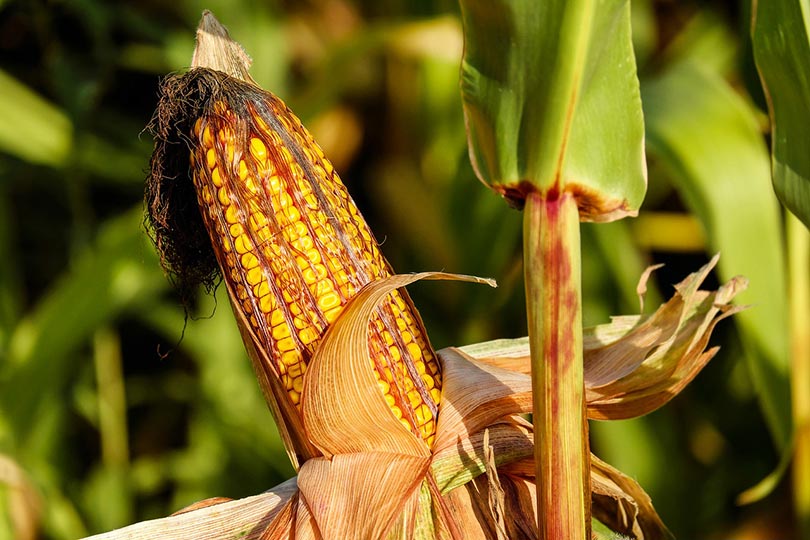
| Planting Season: | Spring |
| Sunlight: | Full |
Corn is a staple at the dinner table and easy to grow in Arizona, so it’s worth it to give it a row in your garden this year. While it doesn’t demand a ton of water, corn needs fertile, nitrogen-rich soil and full sun to grow to its full potential.
The soil needs to get above 60°F before it can take corn seeds, so you’ll usually need to wait until around mid-February or early March to start planting. You can start seeds indoors, but it’s often best to wait to sow them directly into your garden. Reseeding every two weeks can give you a steady crop all summer.
13. Onions
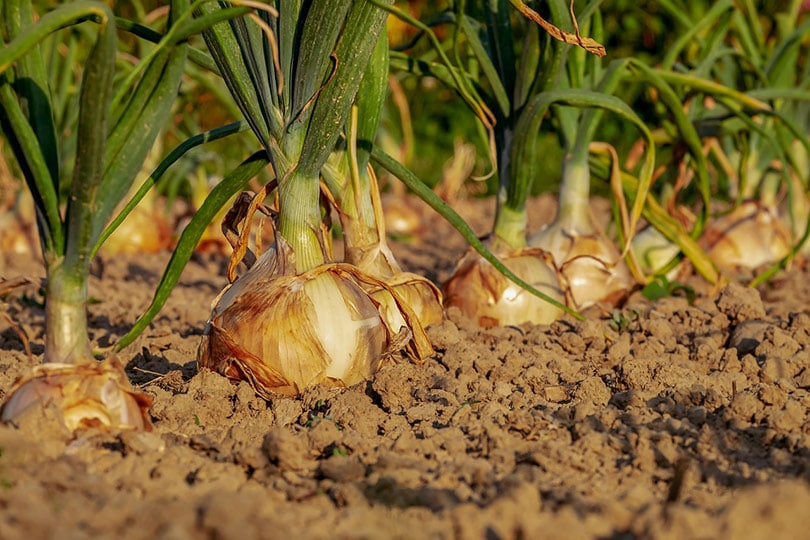
| Planting Season: | Fall |
| Sunlight: | Full |
One of the most versatile vegetables around, most dishes wouldn’t be the same without the flavorful zip of onions. Make organic onions part of your late-season garden mix, planting them in September or October as seeds or starter plants in November.
Choose a short-day onion variety to align with the Arizona growing season conditions. No matter what kind of onion you plant, make sure you keep them well-watered, stopping before you harvest to let the earth dry out.
14. Carrots
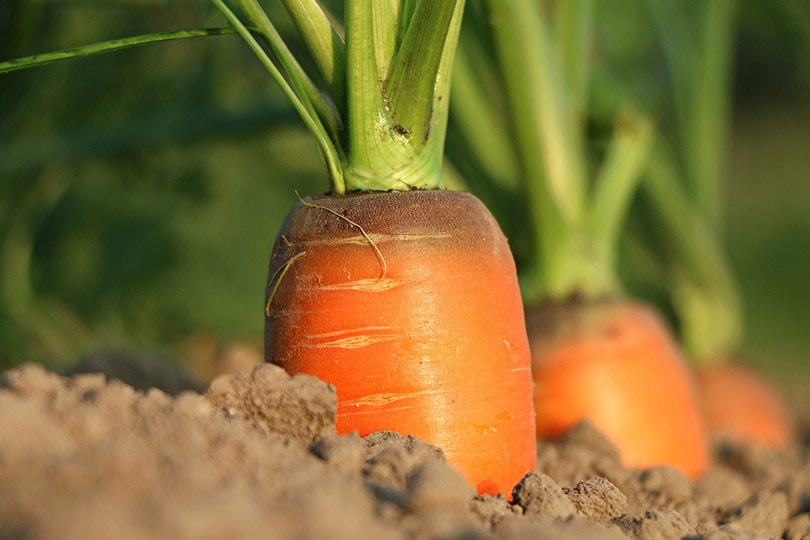
| Planting Season: | Fall |
| Sunlight: | Full |
Few snacks are more enjoyable than a crisp, refreshing carrot, and they get even more satisfying when you grow your own. Plant carrots directly from seed in cool seasons from August to March, thinly sowing them for good-sized crops. Use fresh manure in well-draining soil while making sure to keep the carrots moist at all times. You may want to cover them on hot days to retain moisture in the ground.
Conclusion
Gardening in Arizona is a challenge, but that can make it all the more fulfilling when you pull off a flourishing garden full of your favorite vegetables. Although most plants have a tough time putting up with the nagging heat, these vegetables make it easy to get excellent yields despite the conditions. Whether you’re a rookie or a seasoned pro, as long as you’re an Arizona resident, you’ll have a wonderful experience crafting a garden you can enjoy all year.
Featured Image Credit: elouis73, Pixabay
Contents

 The 14 Best Vegetables to Grow in Arizona
The 14 Best Vegetables to Grow in Arizona
